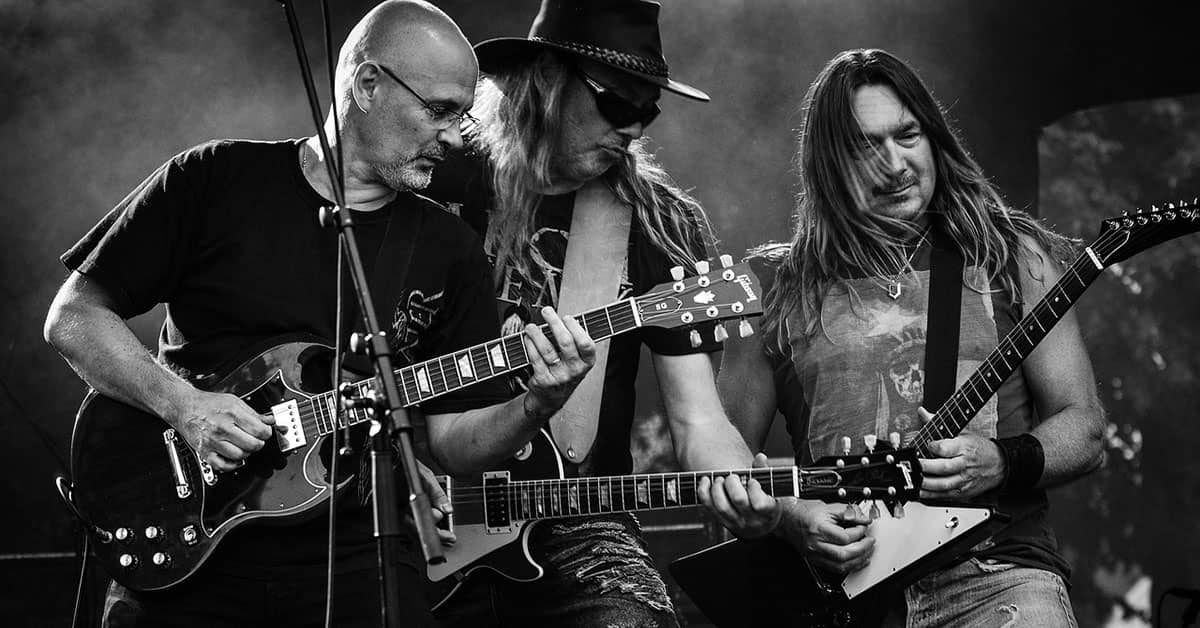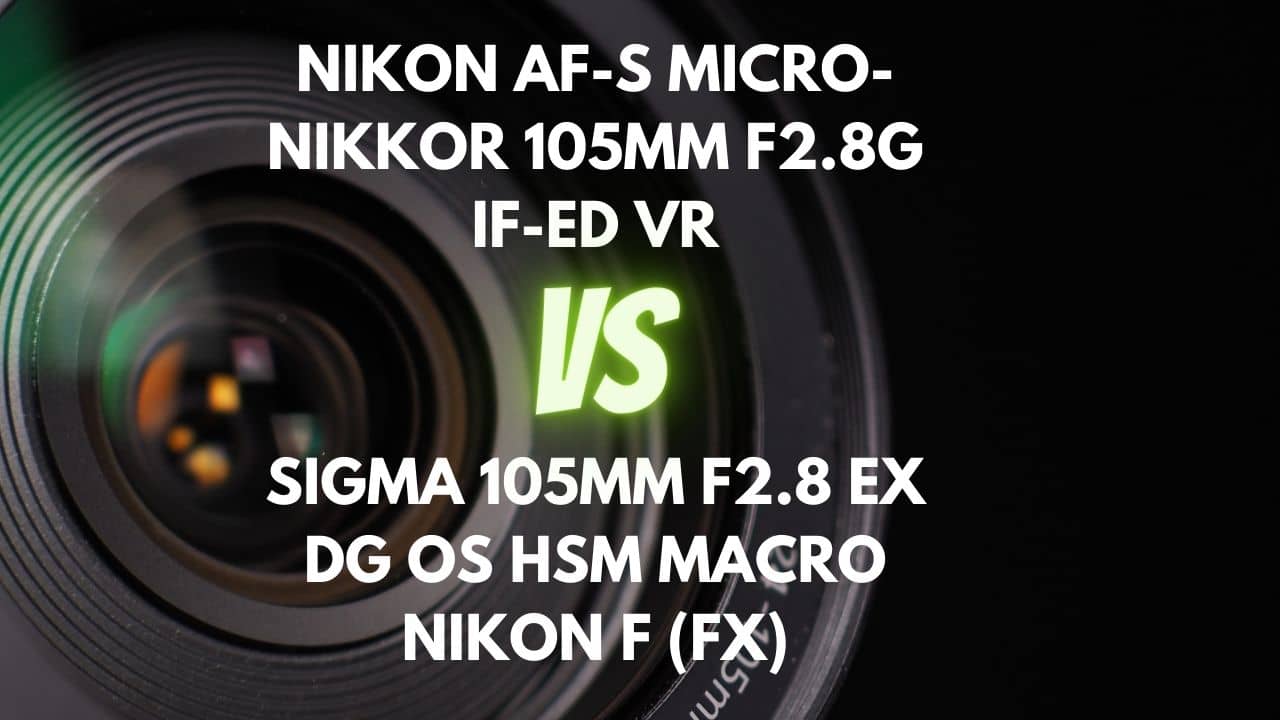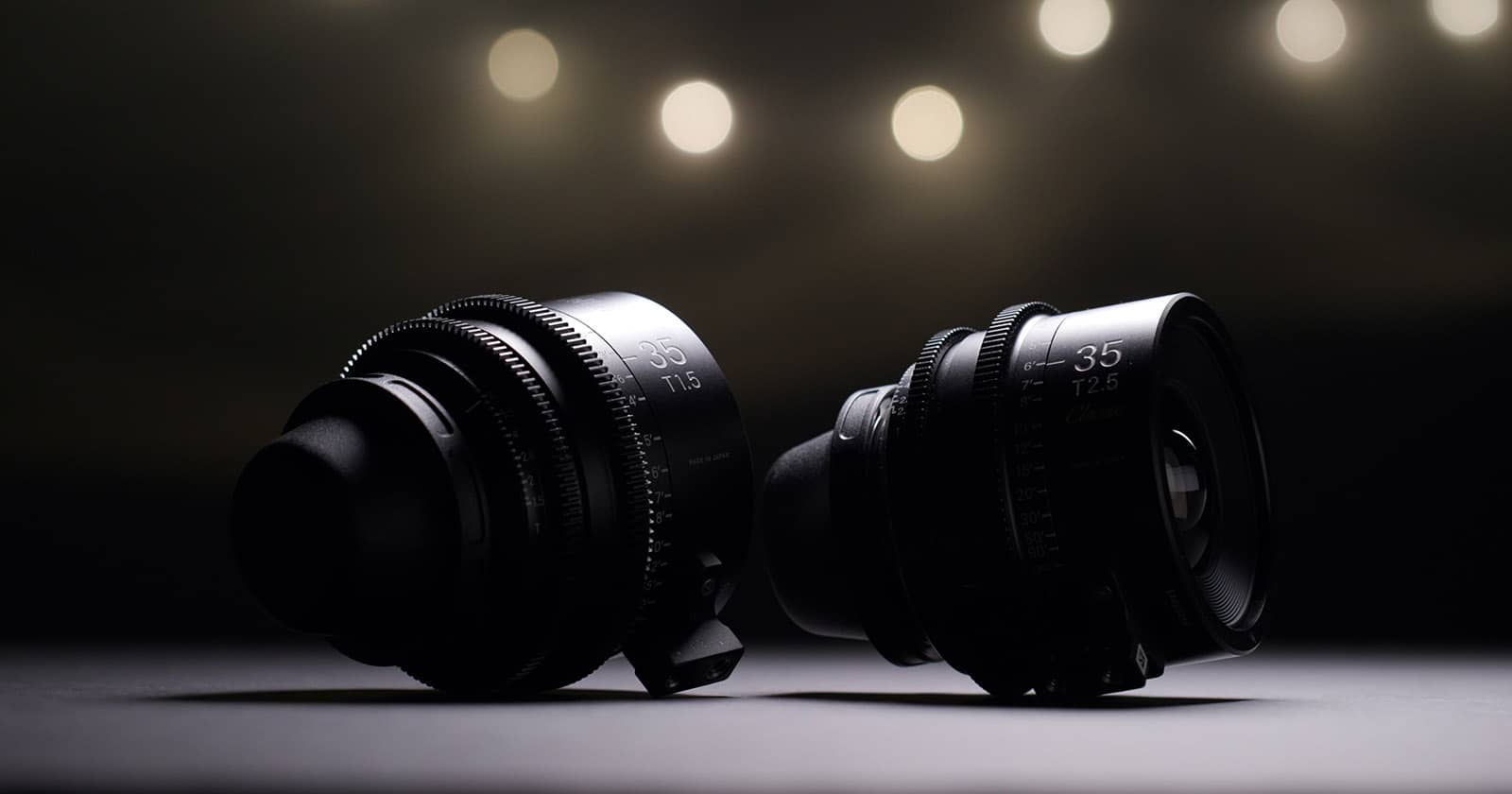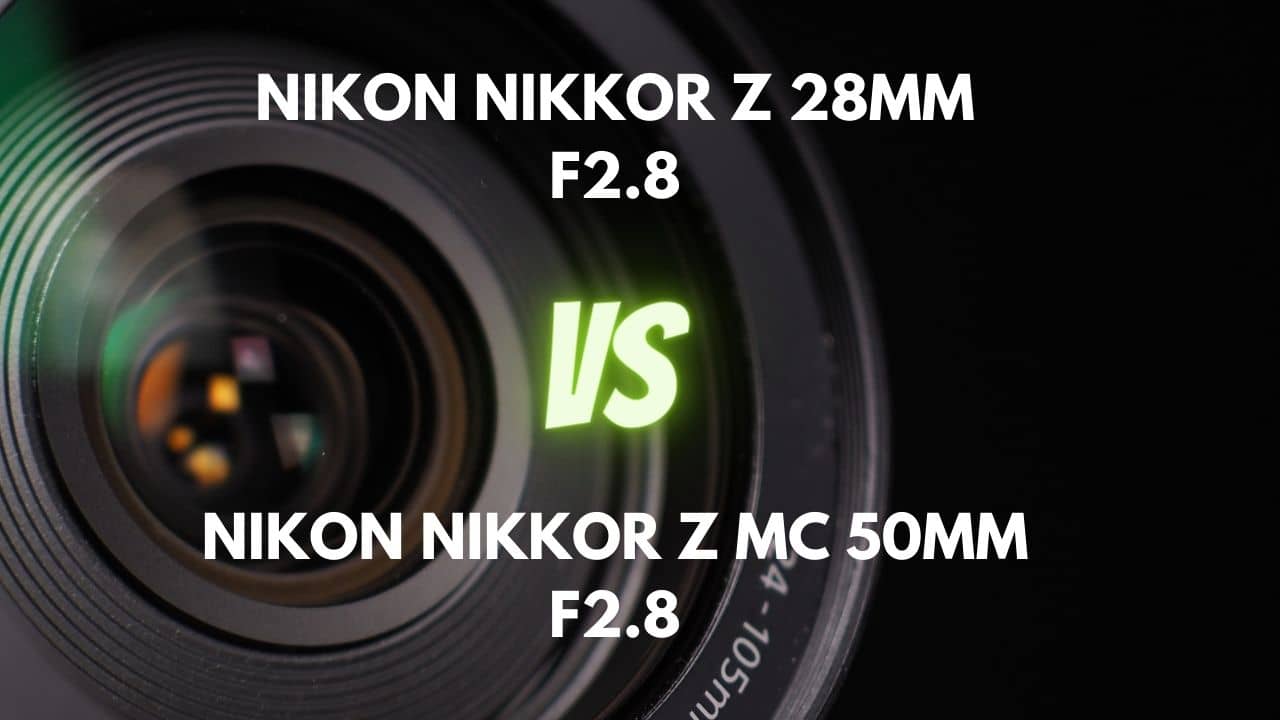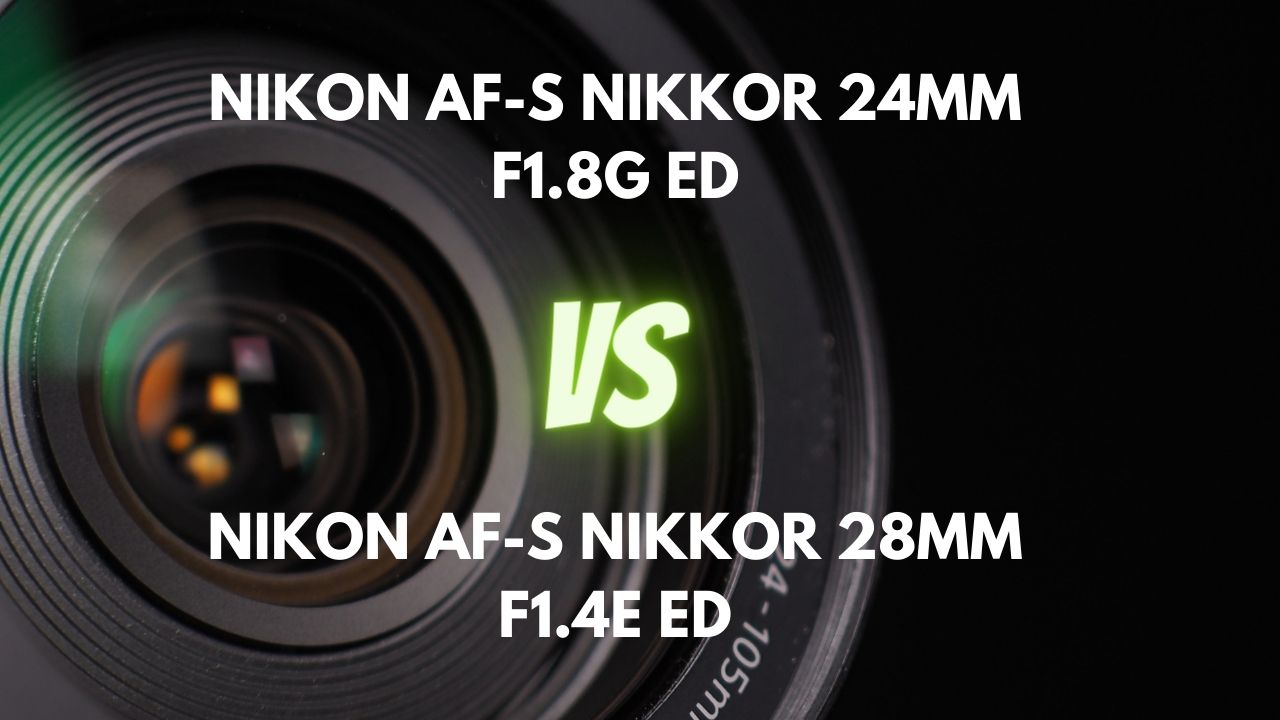Canon EF 85mm f/1.8 USM
The EF 85 mm f/1.8 USM is an out-and-out portrait lens. Its focal length is perfect for shooting portrait images.
The lens is optimized for the larger image circle of EF mount camera systems. But having said that, the lens is also compatible with the smaller EF-S mount APS-C cameras. A crop factor of 1.6x makes this lens 136mm on an APS-C camera. That makes this a longer focal length. You can make tighter compositions with this lens to get close to people’s faces without distortion. But there is a catch, as explained below.
The construction of the lens is outstanding. Although this isn’t a weather-sealed lens, and that means exposing this lens to the elements may not be a great idea, the lens can withstand a few odd bumps and knocks. At 425 grams, the lens isn’t too heavy, so it may not create problems when using it for an extended period.
The 85mm does not come with image stabilization. Image stabilization will likely not miss if you shoot at a minimum shutter speed of 1/85 or 1/100 sec. But there is a catch. If you’re using this lens on an APS-C camera, the crop factor makes this a slightly longer focal length (136mm, as explained above). You must use an even faster shutter speed to keep your images blur-free.
So, if you’re using a crop camera like the EOS 60D or one of the Rebel series cameras, make sure you’re aware of this and set your shutter speed higher.
The lack of image stabilization will be missed when you’re shooting videos. The long focal length will invariably suffer from image shake.
Also, because of the tighter crop, this lens becomes slightly tricky to work with on APS-C cameras. As noted above, you can shoot portraits; this is a great focal length (136mm) for shooting portrait images. But apart from that, you will struggle to shoot anything else daily.
Flower photography is one area where the lens comes in handy. You can also use it for weddings, especially when shooting portraits of the bride and the groom. There are a few other areas in this lens that will be helpful. But this isn’t as versatile as a 35mm lens on an APS-C camera.
The lens barrel has a focusing range indicator and an AF/MF select button. There is also a focusing ring that’s well-damped.
Autofocusing on the lens is powered by a ring-type ultra-sonic motor. Autofocusing speed is rapid and reliable. The lens has a full-time manual focusing override that allows you to adjust the focus easily when shooting in AF mode.
Another thing that needs to be mentioned here is that the front of the lens does not rotate when the lens is autofocusing. Using a graduated ND filter or a circular polarizer is much easier to manage than on other lenses.
The major USP of the lens is the fast f/1.8 aperture. This aperture captures a lot of light in any lighting situation. I can cite this example to give you an idea of how much extra light the lens captures.
The 18-55mm kit lens has a maximum aperture of f/3.5 at its widest focal length. This lens offers two stops faster aperture. That means you can capture up to two stops of extra light than the 18-55mm f/3.5 in a similar lighting situation. This is a great advantage. The advantage drives home, especially in low light situations where most kit lenses struggle.
In terms of performance, I have noticed that the lens offers an impressive amount of detail even when the lens is wide open. At the center of the frame, the lens is very sharp, and there is a lot of detail too.
However, you can quickly notice the purple fringing around hard contrast areas. So there is a fair bit of axial chromatic aberration compared to lateral chromatic aberration.
Vignetting is very well suppressed, and there is little distortion, which is excellent for capturing straight lines, especially when those straight lines appear at the edges of the frame.
When the lens is stopped, you can find that the lens performs much better than when shooting at f/1.8. At f/2.8, purple fringing vanishes, and that’s a great thing. The lens also shows a distinctly more sharpness at the corners.
Canon EF 100mm f/2 USM
The Canon EF 100mm f/2 USM is a slightly dated design. Yet this is a fantastic lens for everyday photography requirements, including portraits, travel, weddings, and landscape.
The slightly longer focal length (compared to 50mm and 85mm primes) gives a tighter composition. And that’s ideal for shooting portraits, weddings, and the other genres I mentioned above. You can also shoot landscape photos with this lens if you know what you’re doing. You’re limited by your imagination when it comes to this lens.
The Canon EF 100mm f/2 USM, when placed beside the Canon EF 85mm f/1.8 USM, looks like a spitting image of each other. They’re identical from the side, from the front, and looking down the barrel. When looking from the side, the only thing that separates the two lenses is the markings that say what focal length and maximum aperture these lenses have.
The 85mm f/1.8 is the more popular choice between these two lenses. It has a faster aperture by one-third stop (not a great advantage, yet still an advantage) and a slightly smaller focal length, which means you have a little more room around your subjects to compose. The 100mm offers a tighter crop and therefore is a bit more limiting in that sense.
On an APS-C camera and because of the crop factor, the 100mm becomes a 160mm lens. Pretty long for everyday photography. This is good for portraits and for capturing anything at a distance. You can also capture a bit of sports photography, considering the fast aperture. But beyond that, the lens has very little practical use. You have to pick your subjects on an APS-C camera before making a composition.
But yet, the 100mm used on a full-frame camera is an excellent lens for portraits. A fast f/2 aperture is a great option for shooting shallow depth of field and for isolating a subject from the foreground and the background.
The f/2 aperture captures a lot of light in every lighting situation. The f/2 aperture is just one-third stop slower than the 85mm f/1.8 discussed above, so the difference isn’t much.
The construction of the lens is good. It has a plastic-dominated construction with a metal lens mount. There is no weather sealing on this lens, meaning you cannot expose this lens to less-than-perfect weather conditions. But the construction is good enough to take the odd knock and bump. At 460 grams, the weight of the lens is also comparable to 85mm. Neither too heavy nor too light.
The barrel has a decent rubberized focusing ring. An AF/MF switch allows you to switch focusing modes. However, there is a full-time manual focusing override that lets you switch from auto to manual in an instant.
A USM AF motor powers the autofocusing mechanism, and the performance is high-speed.
A good thing about this is that the lens’s front element does not move when it’s autofocusing, which means it’s easier to manage circular polarizers and graduated ND filters.
In terms of performance, the lens is very sharp towards the center of the frame. Even when shooting wide open at f/2, the lens shows very few imperfections. The corners of the frame are also very sharp, although not as sharp as the middle of the frame. Stopping down the lens to f/2.8 or f/4 improves the corner sharpness.
The results on an APS-C camera are also very satisfactory. The lens is very sharp right from f/2, but a little purple fringing is noticed near the contrast edges. Stopping the lens improves the overall sharpness, including corner sharpness.
The makers of this lens very well suppress distortion. There is minimal distortion, if any at all, to talk about. A little bit of corner vignetting is noticed wide open but goes away when the lens is stopped.
Canon EF 100mm f/2.8L Macro IS USM
This is the only macro lens on the list. Designed for full-frame Canon EF cameras, this lens is also compatible with APS-C camera systems. Albeit, there is going to be a crop factor involved with this lens.
This is an actual macro lens. The 1:1 maximum magnification ratio that’s mentioned on the lens means that it’s capable of capturing life-sized images of small objects.
The maximum aperture of this lens is f/2.8. That also means this is the ‘slowest’ lens on this list. Suppose you can call an f/2.8 ‘slow.’ The lens captures a lot of light in every kind of lighting situation. Yes, it’s not as fast as the 85mm f/1.8 that I mentioned at the beginning, but it’s still good enough.
The lens has a focal length of 100mm, it’s ideally suitable for portrait photography. The f/2.8 aperture shoots excellent bokeh, and the image blur helps isolate the subject from the foreground and the background.
The main USP of the lens is its macro shooting capabilities, which makes it stand apart from the rest of the lenses on this list. It’s a professional macro lens from Canon that comes with the L series tag. That means it’s a well-made lens. It comes with weather sealing and can withstand Mother Nature’s vagaries.
A majority of the macro subjects are available outdoors. And with the weather-sealing properties, you have the right lens to brave the elements and shoot outdoor macro photography.
The other two lenses I mentioned do not have image stabilization. This lens, however, does. The image stabilization is rated at up to 2 stops. It comes in very handy when shooting macro images because, at such high magnification ratios that you will be working in, even the tiniest movement of the hands gets magnified, and the image gets blurred. Image stabilization is functional. The usefulness is more in the case of shooting videos than shooting stills, though. So, if you use this lens for video work, you will find the image stabilization to your liking. For macro photography, the best option would be to use a tripod.
Autofocusing on the lens is powered by a USM AF motor. The motor is exact when locking focus, and it’s very silent too. However, the speed of the AF motor isn’t the fastest that we have seen. A full-time manual focusing override helps precise focus correction even when autofocusing is engaged.
In terms of performance, the lens is very sharp right in the middle of the frame, even when shooting wide open at f/2.8. The contrast is also decent. The corners of the frame are also very sharp. Stopping down the lens improves the overall sharpness and contrast of the lens.
The lens performs sharply on an APS-C camera, suitable from the widest aperture, f/2.8. Sharpness both the center of the frame and the corner look very sharp. Stopping down the lens improves sharpness a little, which stays till about f/16, after which lens diffraction starts to make the lens performance very soft.
Comparison by features
Here are the differences between the three lenses based on several significant parameters.
Focal length
The first thing that separates the three lenses is the focal length. At least one lens is of a different focal length. The 100mm f/2 and the 100mm f/2.8 share the same focal length. The only one that’s different is the 85mm f/1.8. These lenses can be labeled as short telephoto lenses because they’re longer than 50mm but shorter than lenses like 150mm and 200mm.
Aperture
Maximum aperture is the second important point of differentiation. While the 85mm offers a maximum aperture of f/1.8, the EF 100mm f/2 offers a maximum aperture of f/2. The EF 100mm f/2.8 Macro offers a maximum aperture of f/2.8. So, the EF 85mm f/1.8 is the fastest of the three lenses. The EF 100 f/2 is one-third stop slower than the EF 85mm, which is still excellent. And finally, the EF 100mm f/2.8 Macro is one stop slower than the EF 100mm f/2. Even then, the f/2.8 aperture is good enough for a wide variety of shooting situations and captures a decent amount of light in all lighting conditions.
Aperture also impacts the depth of field of your images. The wider the aperture, the shallower the depth of field that you can achieve.
Purpose
The EF 100mm f/2.8 Macro is the only special-purpose lens on the list. Obviously, this is a macro lens, and the other two lenses are designed for portrait and other photography purposes. So, this is yet another major point of difference. Though you can also use the EF 100mm f/2.8 Macro for portrait photography purposes, the primary reason for this lens’s existence is to shoot macro photos.
Which one is best for which scenarios
The 85mm f/1.8 is the best lens for shooting portrait photography, especially if you’re using a full-frame camera. If you’re using an APS C camera, the effective focal length becomes 136mm, and you get a tighter composition which may not be suitable for many genres apart from portrait photography.
The EF 100mm f/2 lens is also excellent for shooting portraits, especially if using a full-frame camera. With a crop camera, the focal length becomes too long for everyday shooting. You can diversify and shoot little sports with this lens, but this isn’t too long for sports and wildlife.
The Canon EF 100mm macro f/2.8 lens is a versatile tool. I love the macro capabilities of the lens. It offers excellent image quality. Plus, the fact that it’s a 100mm lens means you can also shoot portrait images.
Conclusion
Between these three lenses, I found the 85mm to be the most practical, followed by the 100mm f/2.8 Macro lens. These two lenses have a definite purpose for which they have been designed. The only lens that does not get my complete confidence is the 100 f/2 lens. It’s suitable for portraits but not too versatile beyond portraits. I wouldn’t say it’s a bad lens, just that if you think of versatility, this isn’t at the same level as the other two lenses.
If you’re looking for a portrait lens, the 85mm is the best of these three. The f/1.8 aperture is also the fastest of the group. The 100mm f/2.8 macro is a great lens for macro photography. It can shoot at 1:1 magnification, capturing the life-sized reproduction of any small subject. The f/2.8 aperture and the 100mm focal length mean you can also shoot excellent portraits with this lens.

